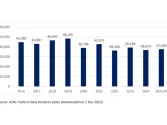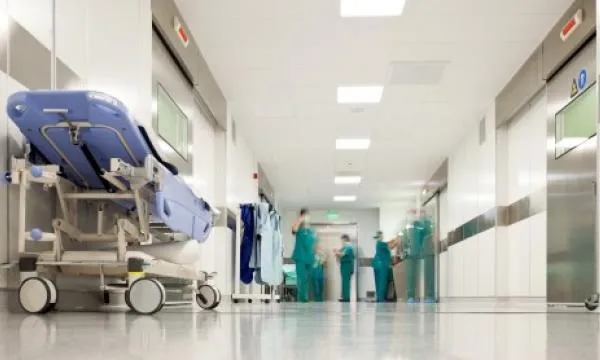
India’s hospital industry enjoys high investment demand
Demand for health services is rising in Tier 2 and Tier 3 locations.
India’s hospital industry is witnessing huge demand from both global and domestic investors, and there is tremendous interest in tertiary care hosptials and specialty hospitals in particular, according to a report from NITI Aayog.
The government’s plans to ramp up budgetary allocation for public health spending to 2.5% of the country’s GDP by 2025 will benefit the hospital sector as well.
Currently, there is a gap between the number of beds available and the number of beds required. India’s hospital bed density is less than half the global average of 3 hospital beds per 1,000 population, implying that an estimated 2.2 million beds will be required over the next 15 years.
Apart from metropolitan cities, demand for health services is rising in Tier 2 and Tier 3 locations across the country. The per-capita income in these locations has risen rapidly over the past few years, the report noted.
“Further, inputs such as land and labour are available at a lower cost in these cities. An added advantage is that these locations can also cater to the population in nearby villages and towns,” NITI Aayog added.
There are nearly 600 investment opportunities worth $32b (INR2.3 lakh crore) in the hospital and medical infrastructure sub-sector on Indian Investment Grid (IIG), a platform maintained by Invest India for showcasing investment opportunities by sector.
Meanwhile, stressed assets in the hospital industry could be given preference as brownfield projects to healthcare investors by enabling them to diagnose the challenges. “This will ensure a significant reduction in the burden of sick industries in the healthcare sector as well as utilization/upgradation of existing resources by reducing the expenditure,” the report added.
The hospital industry in India accounts for 80% of the country’s healthcare market. It was valued at $61.79b in FY17 and is expected to reach $132b by 2023, growing at a compound annual growth rate (CAGR) of 16-17%.
NITI Aayog said that the long-term outlook for the hospital sector is stable, with annual revenues likely to rise over the next few years on account of rising domestic demand for healthcare as well as medical tourism.







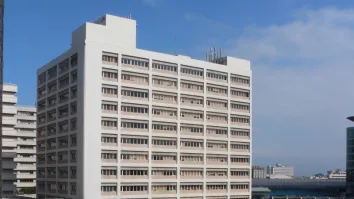


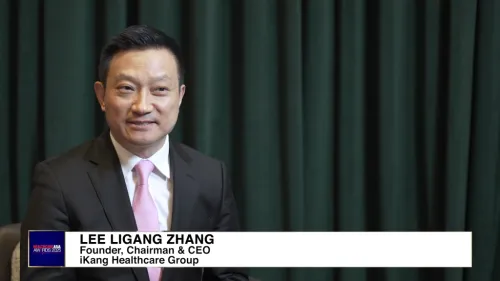

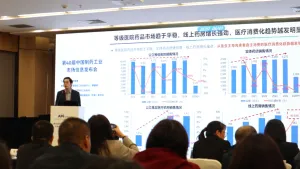
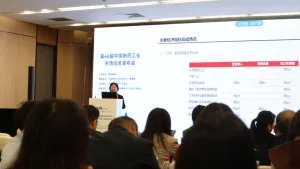
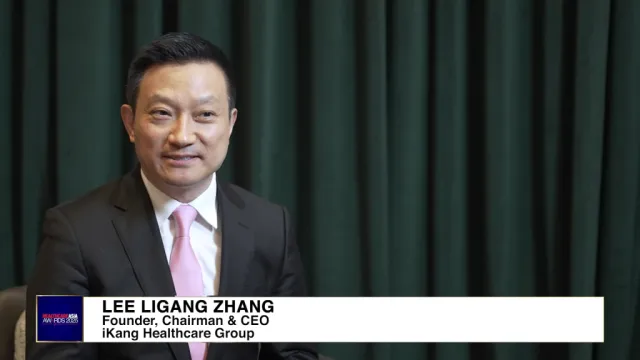




 Advertise
Advertise
